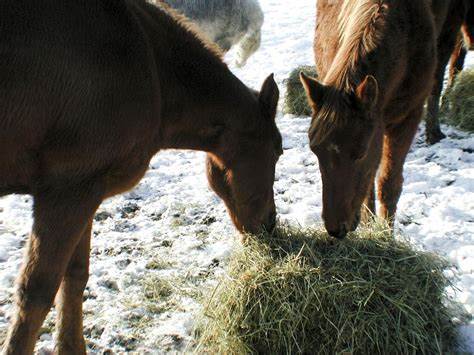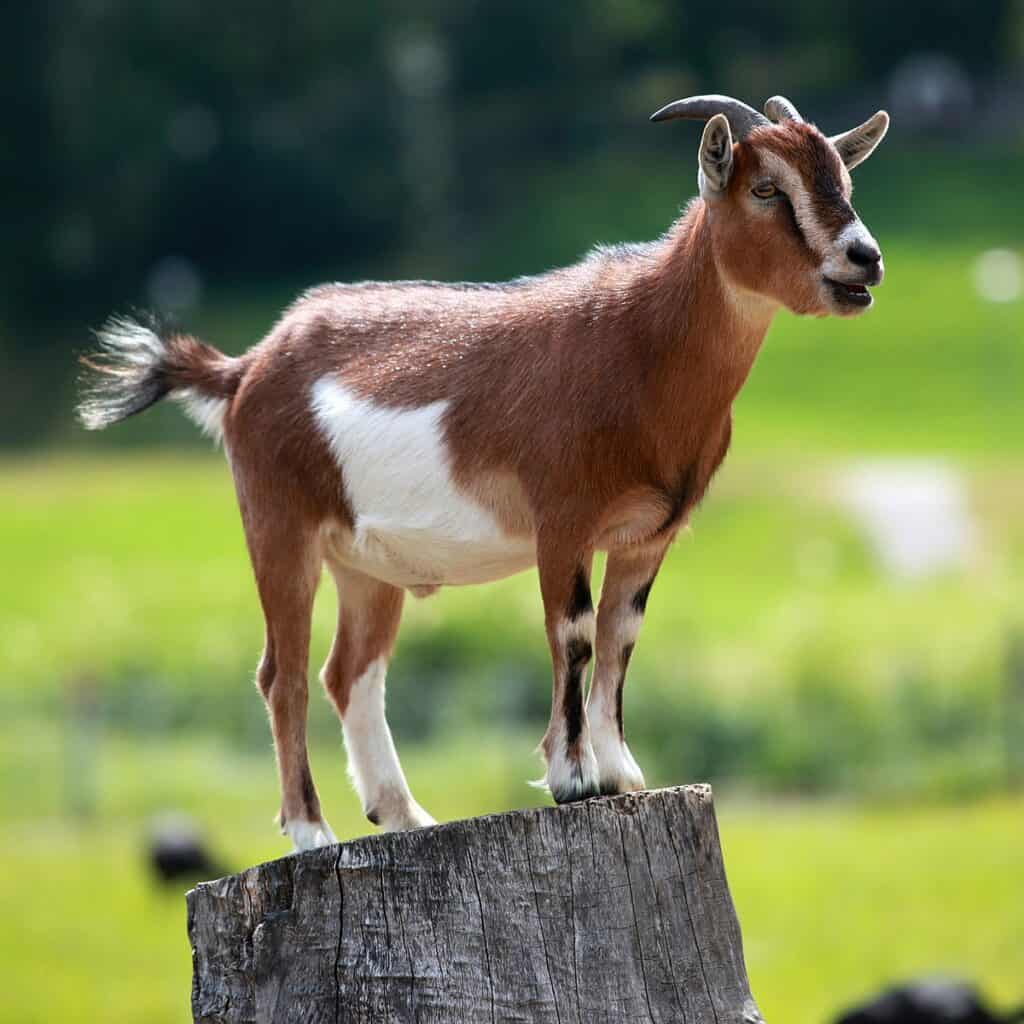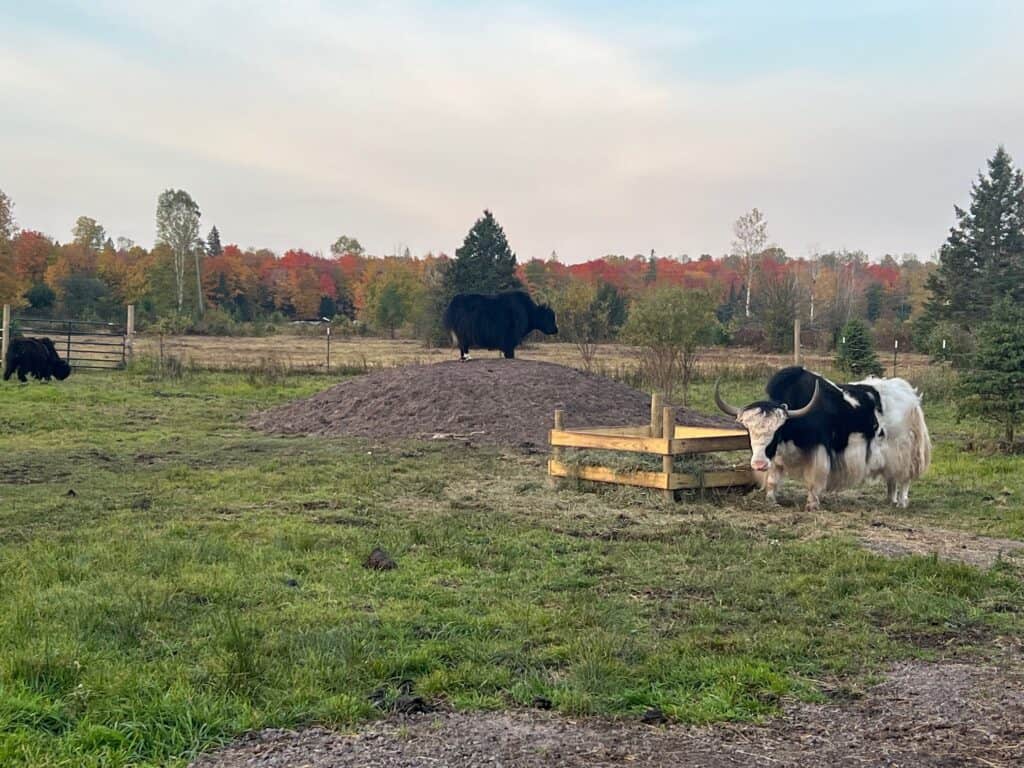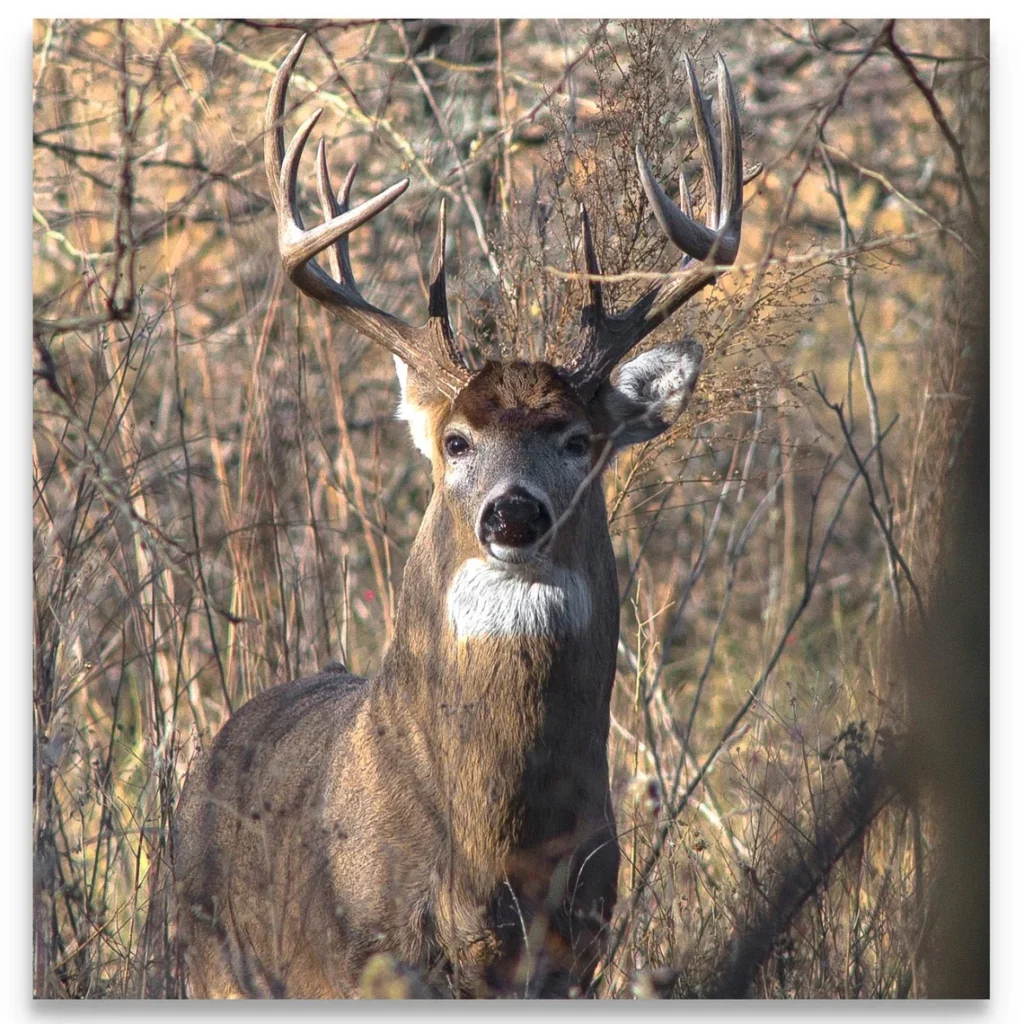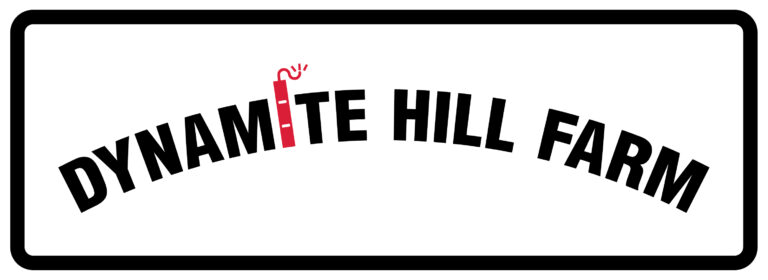Feeding Considerations
Making a profit with livestock can be challenging, but markets currently are not bad, particularly if you can provide some of your own feed. Many operations are focused on the animals, and not on growing crops and owning the machinery needed to grow and harvest forages. Farming requires comprehensive competency of a diverse set of skills and sciences. If you must purchase a good share of your feed, it is important to find the best value that meets your needs. There are many producers, and a wide range of types of hay and quality. Quality involves the species grown, the nutrient density, and how well the crop was put up. When it was cut, how it was dried, how it was baled, and how it was stored prior to feeding, impacts ultimate quality significantly. As we drive through the UP, we see some very different farming practices. There are a lot of old fields growing wildflowers, and some native grass mixes. Many of these fields have not been reseeded in the past 50 years, and have seen neither lime nor fertilizer during that time. The hay is often put up with 50 year old machinery that often leaves the hay setting out for too long or it is baled too wet. Both situations cause a drop in quality and palatability. The worse thing is that you never really know what you are feeding, so you also feed some grain, and minerals, hoping that your animals get what they need. If they are not doing well, people feed them more. Some local farmers do a good job and apply some fertilizers and pay some attention to soil health. The challenge is often knowing what you are getting, and how to provide balanced nutrition for your animals. If you feed lower quality hay, vitamin and mineral supplements become critical. Not all supplements work the same, as some materials are not absorbed very well although a test would show they are present in the supplement. Supplementary grain and minerals are an additional cost for your operation. If you get nutrition wrong, your rate of gain, reproduction, and general health suffers, costing real money in vet bills, and potential animal losses. Animals in less than prime condition typically fetch low prices.
A fair amount of science is needed in any livestock program. High quality forages allow livestock producers to feed less and reduce grain and mineral inputs. Better nutrition also finishes livestock faster, providing heavier weights, or shorter cycles. In dairy applications you really need the protein and calcium provided by legumes. Better forage is more than a little better economically. Since labor is a big factor in forage costs, and since the labor is about the same for mulch hay as it is for a well managed crop, the incremental costs for quality is typically pretty modest.
High quality forage contains a lot more complete nutrition profile with much higher levels of minerals. Much of this chemistry ends up in the manure from your operation. Longer term, this starts improving your pastures, if it can be composted and spread. You are fertilizing indirectly, and this allows you to add value to your operation by increasing the performance of your pastures. Using mob grazing, or breaking up your pastures, allowing some areas to rest, significantly improves pasture productivity. Avoiding overgrazing is critical, so the ground does not dry out, and the plant has enough leaf area to photosynthesize and reestablish a canopy. Livestock are very helpful in improving soil health.
We grow a few different forage mixes. There is a fair amount of orchard grass in our hay, and this too is an excellent feed, particularly when grown with alfalfa. Straight alfalfa can be a little rich for many animals, and we like some plant diversity for soil health reasons, so we tend to focus on legume/grass mixes. The soil microbes like diversity, and we find that the mixes tend to be mutually beneficial. The alfalfa provides a great deal of nitrogen to the orchard grass, and since the alfalfa and orchard grass are competing for sunlight, they both tend to grow more vigorously. The only issue with orchard grass is that it gets course if allowed to get too mature. We raise late maturing orchard grass strains and do our best to cut it early. Only the first cutting forms heads, so all later cuttings consist of fine leaves. Orchard grass runs around 12% protein when grown with alfalfa and is significantly more nutritious than timothy. Alfalfa runs from 18 to 24% protein and is higher than most grain supplements. Many commercial livestock feeds use poorly digestible waste grain products that are of little value other than for the fiber. Typical course mulch quality mixed grass hay can get down to 5% protein, with limited vitamins and minerals animals need for livestock performance.
We provide analysis results for each cutting of our forages. We do this to monitor plant health, so we can make adjustments to our fertilization program if issues are identified. Use this for developing your ration. See the “Test Results” tab for the Dairyland forage analysis. We often also include SAP tests and soil biology analysis results as well. The alfalfa sap tests provides excellent insight into the mineral content of the hay. The sap test provides information on many micronutrients, whereas the forage analysis focuses more on marco nutrients. Both macro and micro are important. Some counties in the UP are known to be fairly deficient in selenium, and this has been associated with white muscle disease. Our hay has very adequate selenium. The RFQ rating (Relative Forage Quality) is probably the most important rating in the forage test. There are articles under the “References” tab that explain these tests and rating in more detail. Late cut grass and weed hay can have a RFQ in the 50 range. Analysis for our later cutting alfalfa/orchard grass hay has been as high as 227. Any rating above 150 is considered very premium hay, particularly with some grass present. The analysis costs money, and you do not need to spend your money to get this information. Chances are high that you can cut or possibly eliminate feeding grain and minerals. If you feed high quality forages like you feed mulch hay, you are missing opportunities and wasting money. How you feed your animals is your business, but we encourage you to apply a little science. Dairy people typically understand this area pretty well.
When a plant dies, it is eaten by microbes, the microbes are eaten by bigger soil critters, and they are eaten by even bigger critters. This is the old food chain. They were talking about amino acids on the basic level. If you feed livestock that are in the human food chain, your animals not only grow better because they are healthier, but their milk and meat is also healthier with better nutritional density. Diet matters. Although animals do not die instantly if put on poor feed, they start accumulating deficiencies, and their condition deteriorates with time. You may see weight loss, less energy, and perhaps a poor coat, if deficiencies persist. Life processes are controlled by enzymes and hormones. Many of these are fairly complicated molecules with a larger metal atom attached. If the animal does not have access to the needed atom, the enzyme or hormone is not produced, and the organism has difficulty controlling life processes. They cannot thrive in this condition. Most diseases in plants and animals are related to deficiencies and arise when deficiencies get severe enough to disrupt higher order functions. Plants and animals share many common enzymes and hormones. That is why most medicines come from plants or microbes! A fully balanced diet is far more important than many realize. Farmers typically have a better appreciation of this, because they can see what dietary issues do to their livestock.
